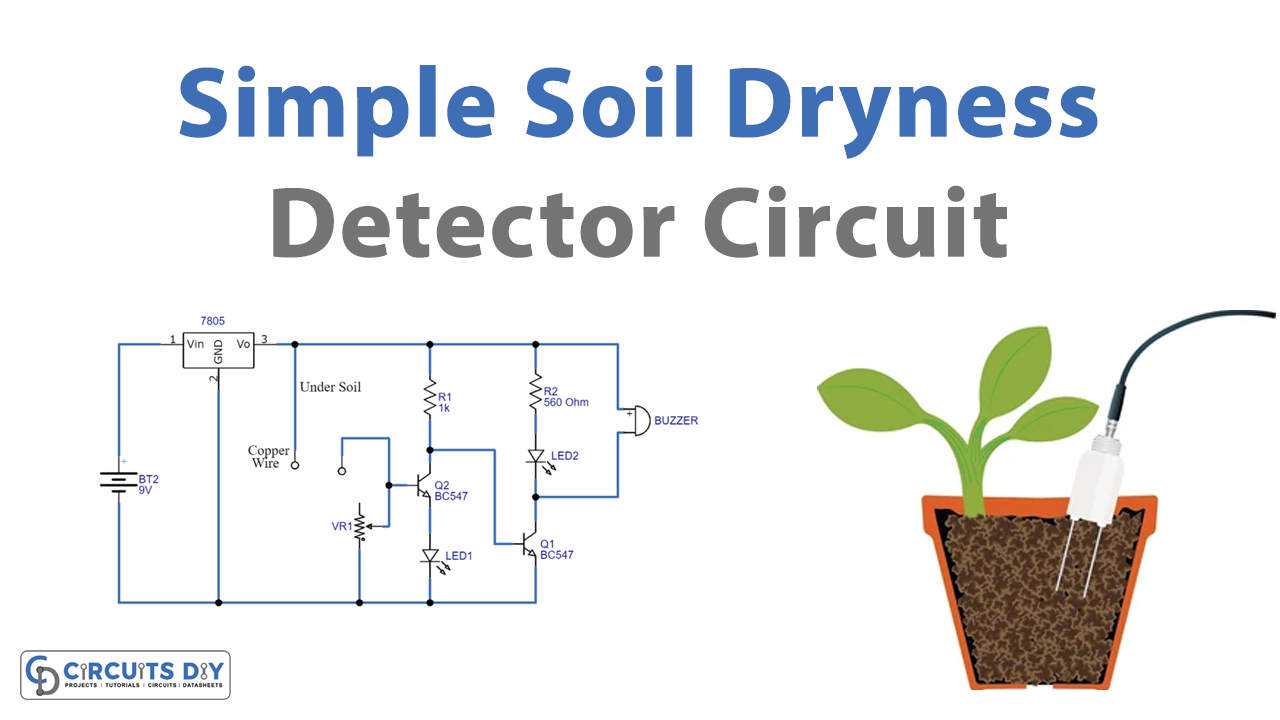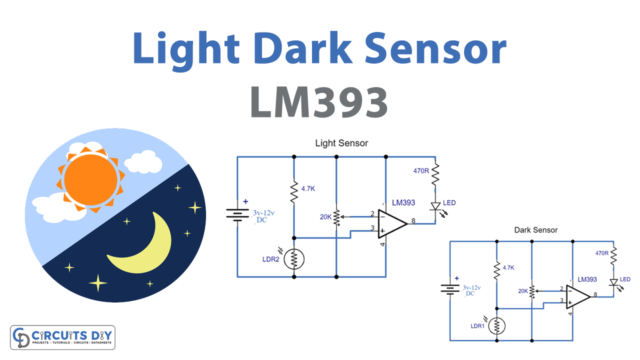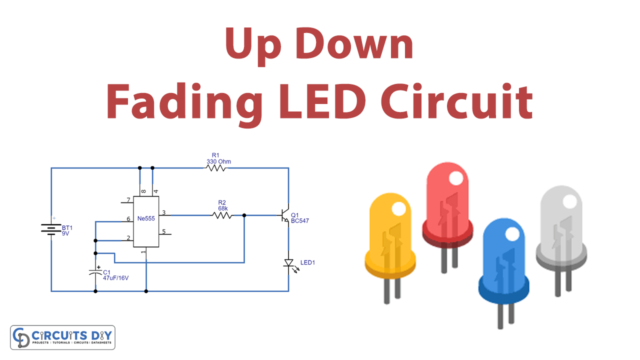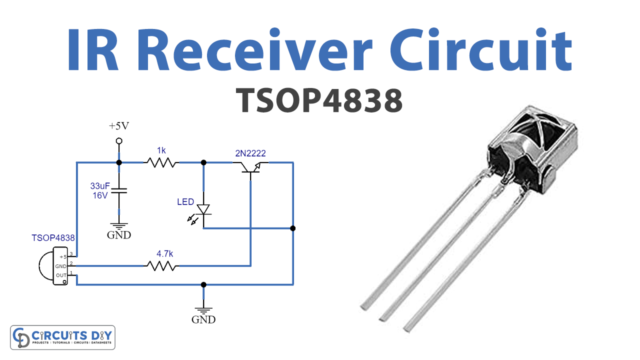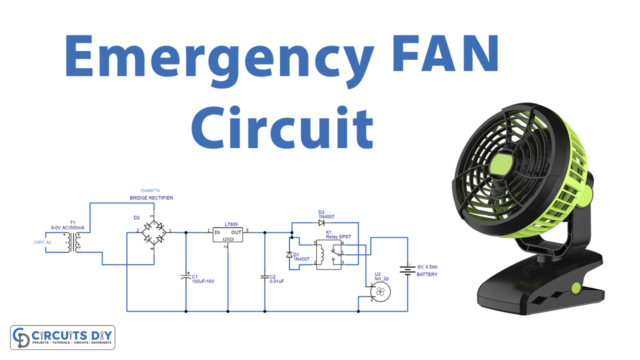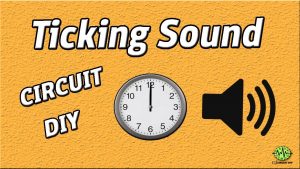Introduction
If you are the one having a great interest in plants and gardening, you might have an idea that how important it is for the soil to not dry. The availability of moisture is a very necessary thing to consider while the growth of plants and agricultural processes. Soil moisture is the water stored in the soil and there are various factors on which this moisture depends. And, since these factors fluctuate or change, therefore it is necessary to detect the soil conditions with time.
For instance, take the temperature parameter, as the temperature decreases, the evaporation decreases, but when the temperature gets increases, the rate of evaporation also increases. Thus, it is important to consider those factors which cannot be possibly done manually and hence we use detectors. So, in this tutorial, we are going to “Simple Soil Dryness Detector Circuit”
Hardware Required
| S.no | Component | Value | Qty |
|---|---|---|---|
| 1. | Regulator IC | LM7805 | 1 |
| 2. | Battery | 9v | 1 |
| 3. | Potentiometer | 100KΩ | 1 |
| 4. | NPN Transistor | BC547 | 2 |
| 5. | LED | – | 2 |
| 6. | Buzzer | – | 1 |
| 7. | Resistor | 1KΩ, 560Ω | 1, 1 |
Circuit Diagram
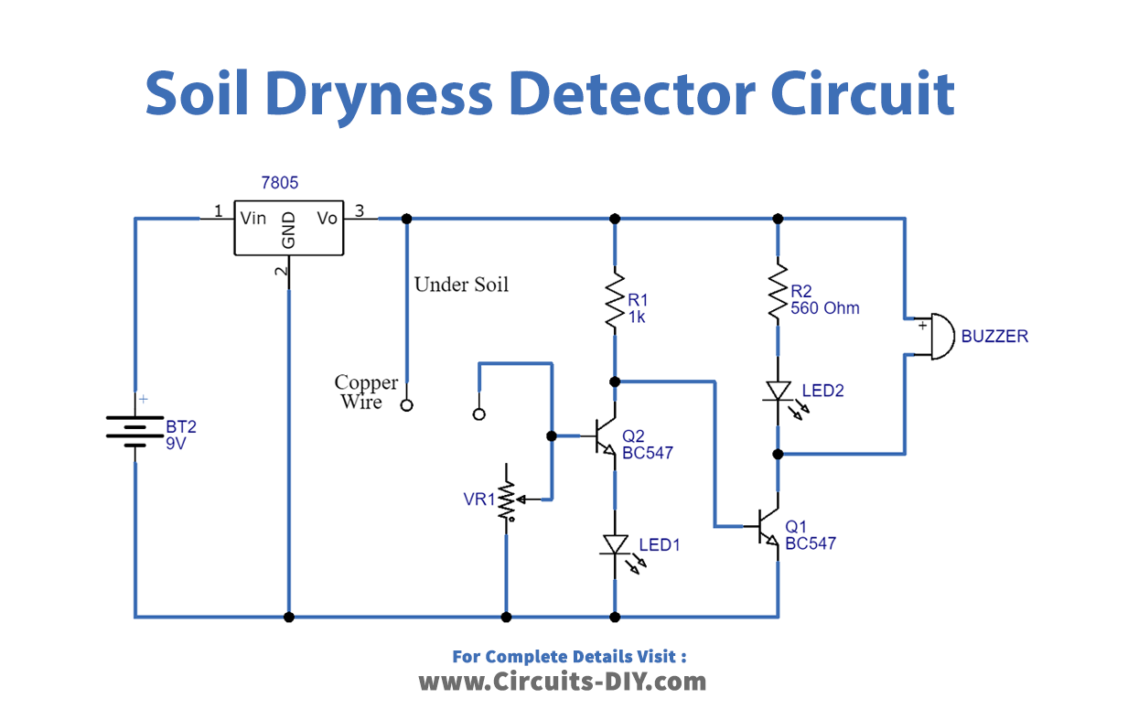
Working Explanation
In this Simple Soil Dryness Detector Circuit, we are using copper wire as the sensor for detection. You need to put that sensor up to your range of detection. Remember, to put these wires at some distance so that they will not touch each other. The circuit also has the regulator IC, we connect its output with one copper wire. We connect the other wire with the base of the transistor. When there is moisture in the soil transistor Q1 remains ON and current flows through the base to the emitter and no current flows to transistor Q2.
When there is no moisture in the soil, the transistor Q1 remains off to the Q2, and therefore green LED turns ON and the buzzer beeps that indicated that the soil needs to be moist.
Application and Uses
- In agricultural applications.
- For the gardening process.
- Weather station applications, etc

